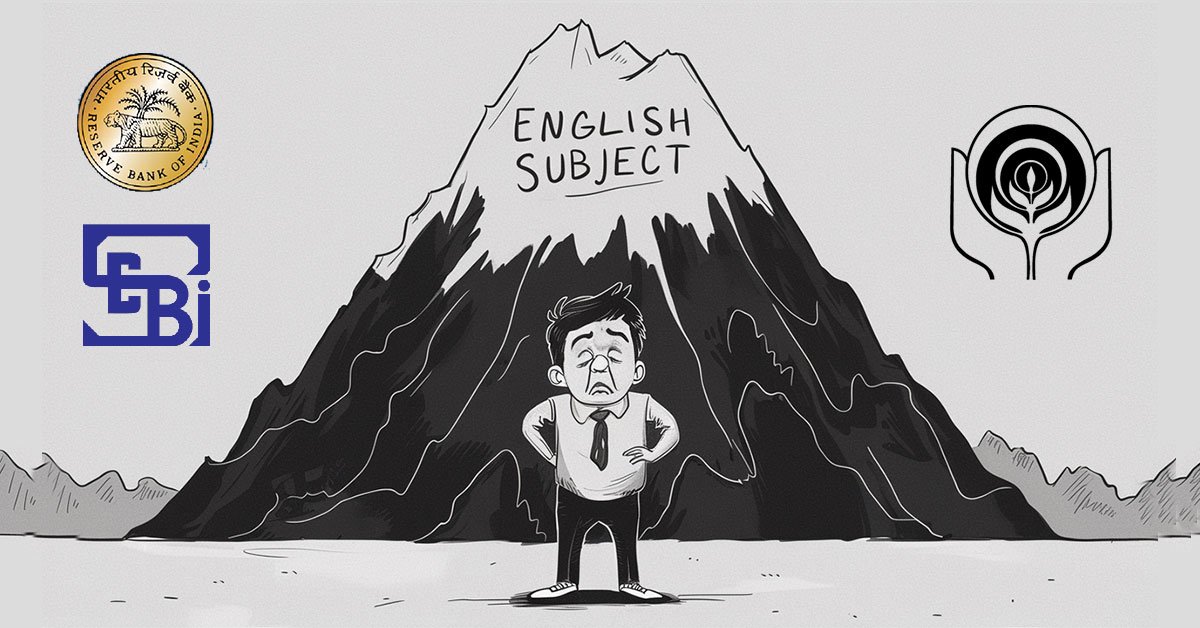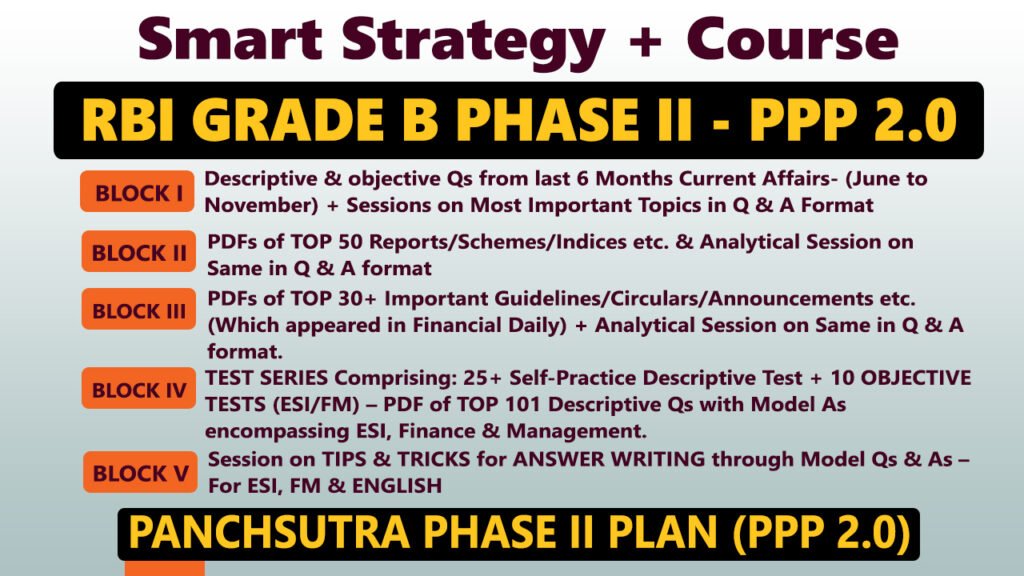
Context
The Prime Minister addressed the Global Fintech Fest (GFF) 2024 at the Jio World Convention Centre in Mumbai.
Recent News
- Overtaken China:
- Recently, India has overtaken China as Asia’s top financial technology (FinTech)market.
- World’s second-largest fin-tech hub:
- Having emerged as the world’s second-largest fin-tech hub (trailing only the US), India is experiencing the ‘FinTech Boom’.
- New technology:
- Fintech is used to describe new technology that seeks to improve and automate the delivery and use of financial services.
- Key segments:
- The key segments within the FinTech space include Digital Payments, Digital Lending, BankTech, InsurTech and RegTech, Cryptocurrency.
- Different sectors and industries:
- FinTech now includes different sectors and industries such as education, retail banking, fundraising and nonprofit, and investment management to name a few.
- Most thriving sectors:
- FinTech is amongst the most thriving sectors at present in terms of both business growth and employment generation.
- Goal of financial inclusion:
- Apart from this, FinTech can also help in the furtherance of the goal of financial inclusion.
About Global Fintech Fest (GFF)
- GFF is jointly organized by the Payments Council of India, the National Payments Corporation of India and the Fintech Convergence Council.
- It aims to showcase India’s strides in Fintech and bring together key stakeholders of the sector.
- 800 industry experts, including policymakers, regulators, senior bankers, and academicians from India and other countries, will participate in the GFF.
What is Fintech?
- The fintech sector in India refers to the use of technology to enhance, innovate, and streamline financial services.
- This sector encompasses a wide range of financial products and services, including digital payments, lending, insurance, wealth management, and personal finance, all powered by technology.
Active Areas of FinTech Innovation
- Cryptocurrency:
- Cryptocurrency and digital cash.
- Blockchain technology:
- Blockchain technology, that maintains records on a network of computers, but has no central ledger.
- Smart contract:
- Smart contracts, which utilize computer programs (often utilizing the blockchain) to automatically execute contracts between buyers and sellers.
- Open banking:
- Open banking, a concept that leans on the blockchain and posits that third-parties should have access to bank data to build applications that create a connected network of financial institutions and third-party providers.
- Insurtech:
- Insurtech, which seeks to use technology to simplify and streamline the insurance industry.
- Regtech:
- Regtech, which seeks to help financial service firms meet industry compliance rules, especially those covering Anti-Money Laundering and Know Your Customer protocols which fight fraud.
- Cybersecurity:
- Cybersecurity, given the proliferation of cybercrime and the decentralized storage of data, cybersecurity and fintech are intertwined.
Fintech Sector in India
- The Indian fintech industry is estimated to be around USD 110 billion in 2024 and is projected to reach about USD 420 billion by 2029.
- Indian fintechs were the 2nd most funded startup sector in India in 2022.
- From just 1 Mn transactions in 2016, UPI has since crossed the landmark 10 Bn transactions.
Growth Drivers
- Digital Infrastructure:
- Open Application Programming Interface (API) Platforms i.e. Aadhar, UPI, Bharat Bill Payments, GSTN.
- Technological Innovation:
- Implementation of new business models driven by technologies such as Artificial Intelligence and Machine Learning
- Increasing internet & smartphone penetration:
- India already has the 2nd highest number of smartphone users globally and is the 2nd largest Internet user market.
- Favourable Demographics:
- 68% of India’s population is young and 55% of its population is in the age group of 20-59 (working population) in the year 2020 and is estimated to reach 56% of the total population by 2025.
- By 2030, India will add 140 Mn middle-income and 21 Mn high-income households which will drive the demand and growth of Indian FinTech space.
- 68% of India’s population is young and 55% of its population is in the age group of 20-59 (working population) in the year 2020 and is estimated to reach 56% of the total population by 2025.
- Financial Inclusion Initiatives:
- Financial inclusion programmes such as PMJDY, DAY-NRLM, Direct Benefit Transfer, Atal Pension Yojana among others have accelerated the digital revolution and brought more citizens, especially in rural areas, within the ambit of digital financial services.
Challenges
- Regulation Complexity:
- The fintech sector is regulated by multiple agencies (e.g., RBI, SEBI), leading to a complex regulatory environment.
- Cybersecurity Risks:
- The increasing use of digital platforms raises concerns about data breaches and cyberattacks.
- Ensuring robust security measures to protect sensitive financial data is crucial.
- The increasing use of digital platforms raises concerns about data breaches and cyberattacks.
- Lack of Digital Literacy:
- A significant portion of the population still lacks digital literacy and access to technology, which limit the reach and effectiveness of fintech solutions.
- Customer Trust:
- Building trust in digital financial services, especially among older demographics and those new to technology is challenging.
- Policy Changes:
- Changes in economic or financial policies, including taxation and interest rates majorly affect the fintech ecosystem.
- Innovation and Scalability:
- Keeping pace with rapid technological advancements and ensuring that systems can scale effectively as user demand grows is a tough challenge.
Government Initiatives for Fintech Sector in India
- Pradhan Mantri Jan Dhan Yojana (PMJDY):
- Aims to increase financial inclusion by facilitating the enrollment of new bank accounts for direct benefit transfers and access to financial services.
- India Stack:
- A societal initiative to build public digital infrastructure that supports both public and private digital initiatives, particularly in the finance sector.
- Aadhaar Enabled Payment System (AePS):
- Allows individuals to conduct financial transactions using their Aadhaar number and biometric verification (fingerprint or iris scan) on Micro-ATMs.
- Central KYC (Know Your Customer):
- A central repository designed to reduce the need for multiple KYCs across different financial institutions.
- Unified Payments Interface (UPI):
- A scalable platform that supports digital payments across India.
- Bharat Bill Payment System (BBPS):
- Enhances consumer convenience by enabling bill payments across various utilities and sectors, covering all recurring billers except prepaid recharges.
- National Digital Health Mission (NDHM) and Related Initiatives:
- Government-led efforts, including NDHM and DISHA, aim to transform the insurance and healthcare sectors through digital infrastructure.
- Fintech Hub at IFSC, GIFT City:
- A world-class fintech hub developed in Gandhinagar, Gujarat, to promote India as a global fintech leader.
Way Forward
- Guarding Against Cybercriminals:
- Currently, India majorly relies on import of offensive as well as defensive cybersecurity capabilities. Given the growing scale of adoption of technology, it is imperative for India to attain Atma-Nirbharta (SelfSufficiency) in this domain.
- Educating Consumers:
- Apart from establishing technological safeguards, educating and training customers to spread awareness about the benefits of fintech and guard against cyberattacks will also help in democratisation of FinTech.
- Data Protection Law:
- Established fintech sandboxes by RBI to evaluate the implications of technology in the sector is a step in the right direction. However, there is a requirement for a strong data protection framework in India.
- In this context, the personal data protection bill, 2019, must be passed after thorough debate and deliberation.
Conclusion
The fintech sector in India is vibrant and rapidly evolving, playing a significant role in the country’s financial ecosystem by enhancing accessibility, efficiency, and inclusion.



















